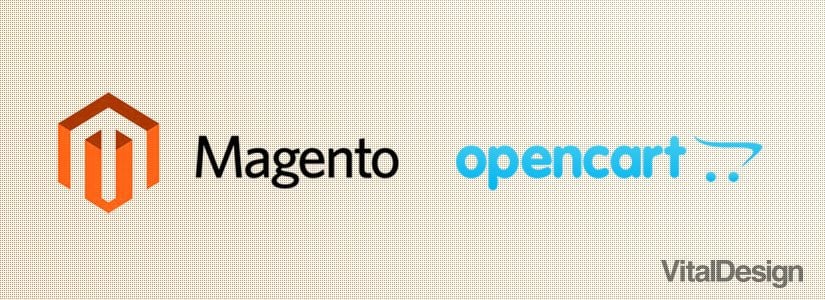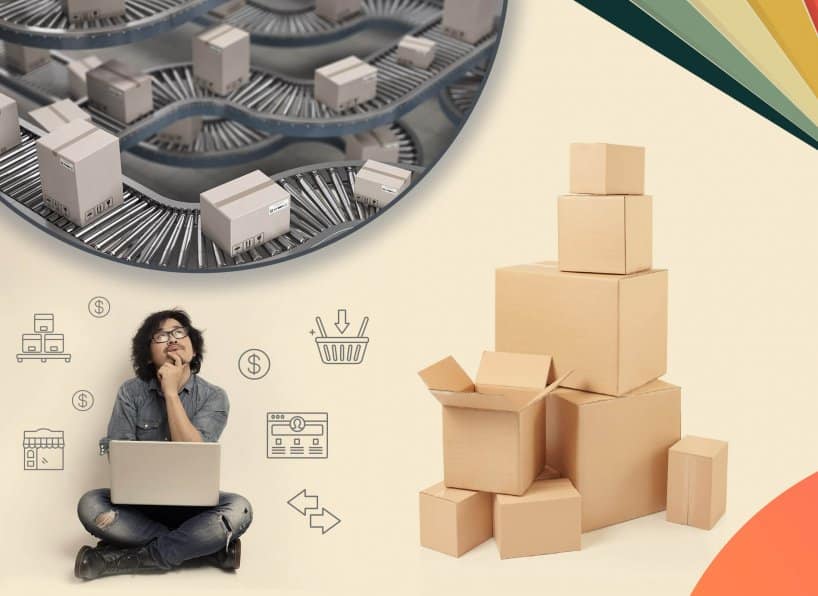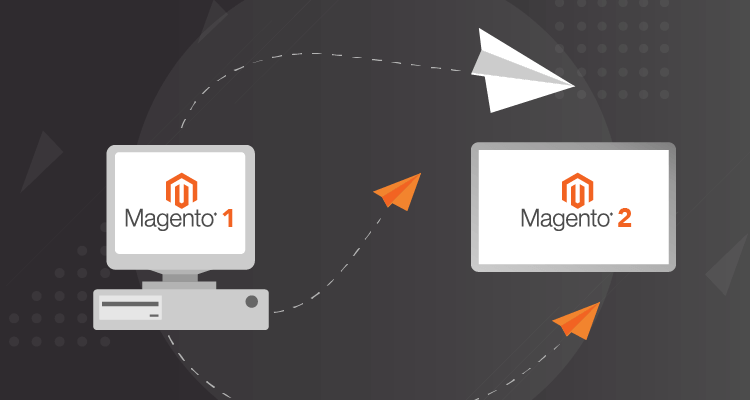If you have decided to start selling online, you’re entering the world of e-commerce. There are many things to think about as you start looking around for e-commerce site solutions and agencies that can help you execute them, and it’s important to arm yourself with plenty of research. The more you invest time into the research and planning stage, the more likely it is that you will end up with an e-commerce site that will make sales and grow along with your business–keeping that virtual cash register dinging for years to come. Here are some questions you should be asking about your e-commerce site at the beginning of the process.
Are analytics integrated into the site?
You already know that analytics are essential to your website, and they become even more important when you start selling products online. In an e-commerce store, the entire decision-making process—from discovery to research to checkout—happens online. This means you should be calibrating every step to push customers towards making a purchase, using tactics that range from upselling (Add this to your order for just $10!) to suggesting similar products (Other people who purchased widgets also bought whatsits). But you can’t do this if you aren’t armed with a thorough analytical picture of how people are using your website, so make sure that Google Analytics is integrated into your new e-commerce site from day one.
Which payment and shipping options will the site support?
A comprehensive e-commerce solution like Magento or OpenCart will allow for a wide variety of payment options. Magento currently supports credit cards, PayPal, checks, money orders, and external payment modules like Cybersource, ePay, eWAY and many more. Check out our Magento website development services to learn more about payment integrations. Also don’t forget about the importance of fraud protection when it comes to managing e-commerce payments. Having precautions in place to prevent chargeback fraud, return fraud and other misuses of the payment solution you pick will stand you in good stead as your site begins to gain momentum among a wider audience.
For shipping, you’ll want to decide what shipping provider you want to use, and be sure that it will integrate with your e-commerce site. Depending on what platform the site is built on, most e-commerce solutions support just about any shipping options, including shipping to multiple addresses and flat rating shipping, and should support UPS, UPS XML (account rates), FedEx (account rates), USPS and DHL.





